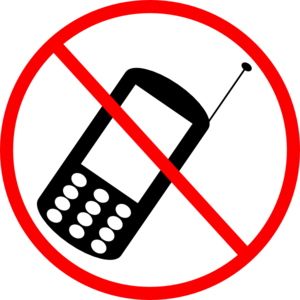Differentiation
This week I have been talking about the best strategies for developing turn-taking skills for the Cambridge exams. It has been an interesting insight on many levels, but specifically into how other teaching professionals deal with the challenges of a mismatch of pairs when candidates have different levels of proficiency. Differentiation is a very common issue in the classroom and not one that I feel is given enough consideration. While we can do our best to mix students when carrying out different activities, what I have really realised is that the students that are less proficient really need extra support and scaffolding to help them progress so changing their partner in class regularly isn’t necessarily going to solve this problem.
Dictaphones
I often suggest to both teachers and learners that voice recordings using mobile phone dictaphone apps can be a very quick and easy solution to confidence building. By making short recordings on the dictaphones, and listening to themselves, learners are able to become familiar with how their voice sounds and feel less inhibited to speak. I then suggest that by playing back short recordings several times, it is possible to identify weaknesses in pronunciation, and the features of connected speech but also whether the task requirements of the exam task have been met. Part 3 of the FCE, CAE and CPE is designed to evaluate candidate turn-taking skills by assessing a two-way conversation between them. Candidates are assessed on their ability to maintain a conversation, suggest ideas, and respond accordingly to the other candidates’ ideas. All of this needs to be achieved in a time limit of 2 minutes, in addition to fulfilling the requirements of lexical resource and a varied grammatical range. By timing and recording their practise runs, students are able to refine and focus their answers in order to meet the task requirements.
Decision-making
The final stage of part 3 in the speaking test is a decision-making question where the candidates need to reach a decision regarding the discussion just taken place during the previous stage. A common error for candidates is to choose the most ‘important, urgent, greatest effect etc’ during the first stage, which often results in them repeating themselves during the second stage. To avoid this I encourage learners to only answer the question in the diagram for the first stage and nothing more. I have found this to be the best strategy to avoid the aforementioned. Again, timing and recording themselves has proven to be invaluable especially considering the 1-minute time limit given.



